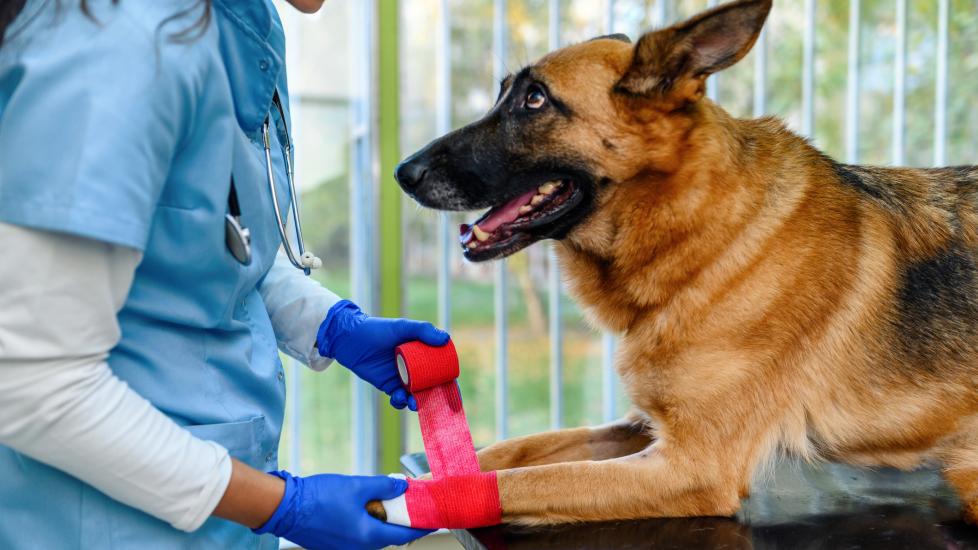Title: Unraveling the Mystery of Tumors on Dog Paws: Causes, Concerns, and Care
Introduction:
In a world where our canine companions are cherished members of our families, it’s natural to be concerned about any health issues they may face. Among these is one that often raises alarms—tumors on dog paws. These growths not only cause discomfort but also pose potential risks to your pet’s mobility and well-being. Understanding what causes them, how to recognize them, and how to care for affected pets is crucial in ensuring their continued happiness and longevity. Let’s delve into the complexities surrounding tumors on dog paws and equip ourselves with knowledge that could make a significant difference in our furry friends’ lives.
Causes of Paw Tumors:
Paw tumors can arise from various factors, including injury, inflammation, or genetic predisposition. Some dogs may develop benign fatty lumps known as lipomas, while others might encounter malignant sarcomas. Injuries sustained during rough play or long walks without proper foot protection can lead to chronic irritation and, eventually, tumor formation. Certain breeds like Golden Retrievers, Rottweilers, Boxers, and Bernese Mountain Dogs have an increased risk due to their genetics. Environmental factors such as exposure to certain chemicals or radiation can also contribute to the development of paw tumors.
Recognizing Signs and Symptoms:
Early detection is key when dealing with paw tumors. Watchful owners will notice swelling, redness, bleeding, lameness, or limping. The area around the tumor might become warm or painful upon touch. Changes in gait or avoidance of using a particular leg should prompt immediate veterinary attention. It’s important to remember that some dogs mask pain; thus, regular check-ups and thorough physical examinations by professionals are essential.
Diagnosis and Treatment Options:
Veterinarians typically use X-rays, ultrasound imaging, biopsies, and histopathology to diagnose paw tumors accurately. Once confirmed, treatment plans vary based on the type and severity of the tumor. Benign tumors may require surgical removal, followed by careful monitoring for recurrence. Malignant tumors necessitate more aggressive interventions, which could include chemotherapy, radiation therapy, or amputation if necessary. Pet parents must weigh all options carefully under the guidance of experienced veterinarians who understand both the medical implications and emotional toll of such treatments.
Prevention Strategies:
While we cannot entirely prevent cancerous growths from occurring naturally over time, there are steps you can take to reduce the likelihood of tumors developing on your dog’s paws:
- Regular Inspections: Check your dog’s paws daily for signs of abnormalities.
- Proper Footwear: Use booties or paw protectants during outdoor activities to shield against harmful substances.
- Early Spaying/Neutering: This reduces hormone-driven cancers associated with unaltered animals.
- Dietary Considerations: Optimal nutrition plays a role in maintaining overall health and immunity.
- Vaccinations and Preventative Medications: Keep up with recommended vaccinations and parasite prevention protocols.
- Physical Activity: Encourage moderate exercise to maintain muscle strength and joint flexibility.
- Environmental Control: Limit exposure to toxins at home and outdoors whenever possible.
Conclusion:
The bond between humans and their pets runs deep; therefore, every effort should be made to safeguard their welfare. By staying informed about common ailments affecting our four-legged friends, particularly those concerning delicate areas like paws, we empower ourselves with the tools needed for proactive healthcare management. Remember always to consult with qualified veterinarians before implementing any changes suggested here so that together we create an environment conducive to happy tails wagging many years ahead!
